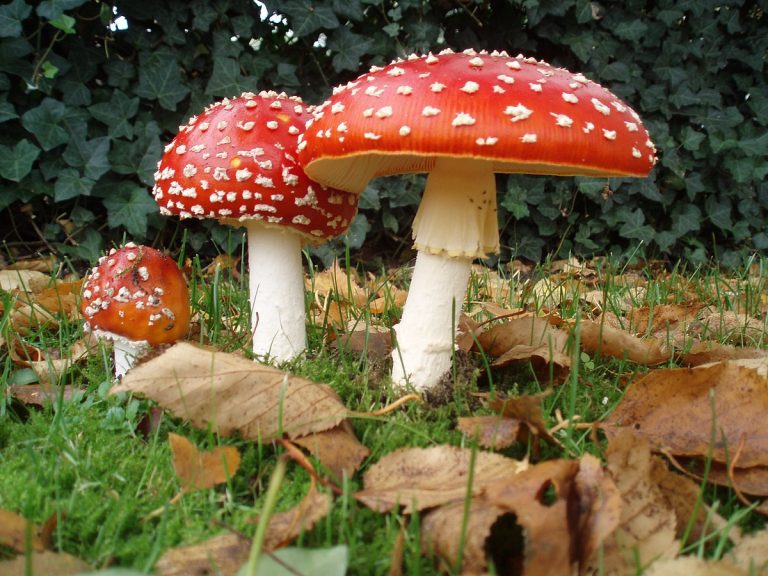Farmers Could Utilize Microbes As A Natural Means Of Fertilizing Soil That Is Lacking Nutrients.

A research paper published in The ISME Journal found 522 genomes of archaea and bacteria related to the roots and soil of two plants native to the Brazilian montane savanna region called “rocky meadows”. The study revealed many new microorganisms that were previously unknown to science, making the region a hot spot for biodiversity. The discovery could lead to the creation of biological alternatives to chemical fertilizers, particularly those that contain phosphorus. The lead author of the article, Antônio Camargo, explained that the microorganisms found help make phosphorus soluble so that plants can absorb it. The study was conducted by the Genomics for Climate Change Research Center in partnership with the Brazilian Agricultural Research Corporation at UNICAMP. The plants studied, Vellozia epidendroides and Barbacenia macranta, were collected from a private area near the Serra do Cipó National Park in Minas Gerais state. The research found that the microorganisms associated with plants in soil and on rocks were different but shared many species, and some microorganisms were particularly skilled in converting and transporting phosphorus. Camargo, now a researcher at the US Department of Energy’s Joint Genome Institute, also stated that microbial communities play a crucial role in supplying nitrogen, another crucial plant nutrient.


